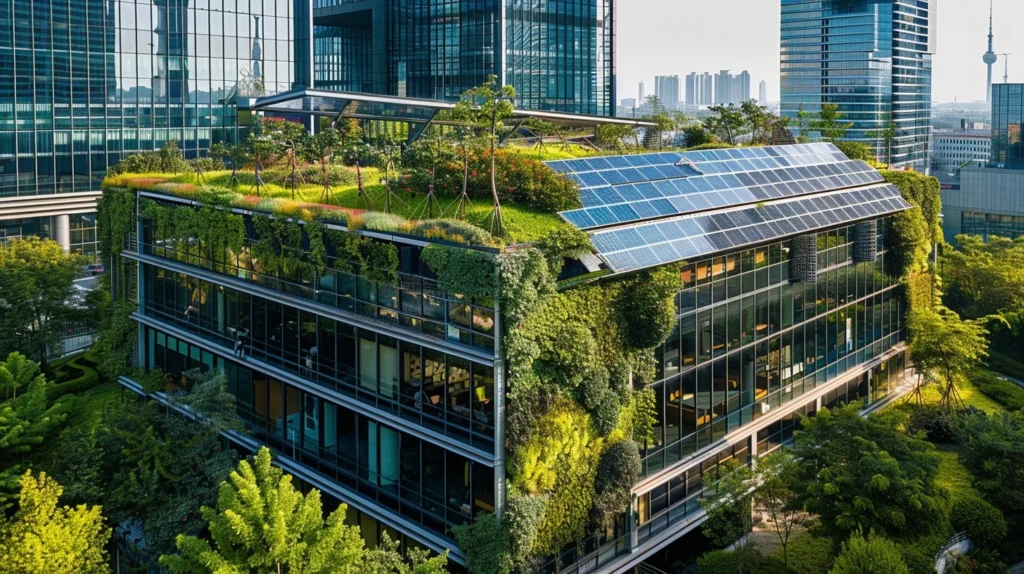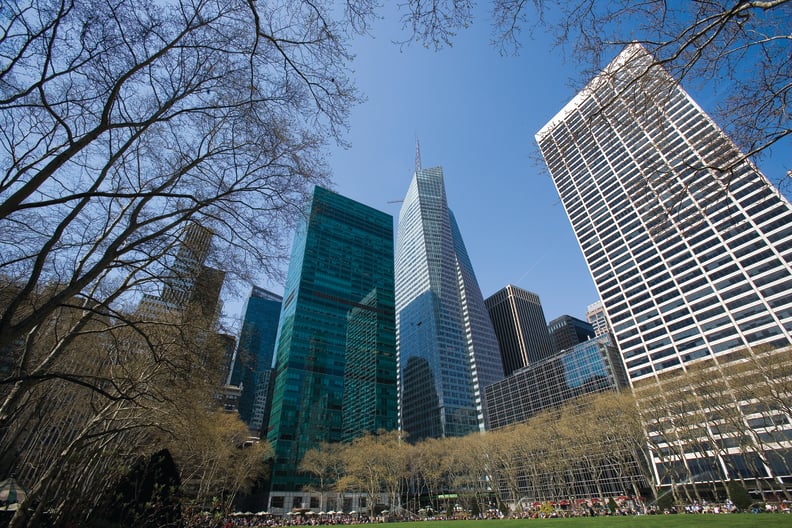Embracing Green Design: The Architect’s Role in Shaping Sustainable Futures
By- Aswin Kumar (Architect)
As architects, we hold the profound responsibility of shaping spaces that not only serve their immediate purpose but also contribute positively to the environment and society. In the United States, the evolution of green design has transitioned from a niche concept to a fundamental aspect of architectural practice, reflecting our collective commitment to sustainability.

The Evolution of Green Design in the U.S.
Over the past five decades, the conversation around sustainability in architecture has matured significantly. What began in the 1970s as passive design strategies—leveraging natural climate conditions for heating and cooling—has now expanded into a comprehensive approach encompassing energy efficiency, resource conservation, and occupant well-being. This progression underscores the profession’s dedication to integrating sustainable principles into the core of architectural design.
Principles of Green Design
Green design is anchored in several key principles:
• Energy Efficiency: Implementing systems and materials that reduce energy consumption, such as high-performance insulation, energy-efficient windows, and renewable energy sources.
• Water Conservation: Incorporating fixtures and systems that minimize water usage, alongside strategies like rainwater harvesting and wastewater recycling.
• Material Sustainability: Selecting materials with low environmental impact, including recycled, locally sourced, or rapidly renewable resources.
• Indoor Environmental Quality: Designing spaces that enhance occupant health through natural lighting, ventilation, and the use of non-toxic materials.
Notable Examples of Green Architecture in the U.S.

The United States boasts several exemplary green buildings that embody these principles:
• Banner Bank Building, Boise, Idaho: This structure has achieved Platinum LEED certification by integrating innovative water-saving technologies, lighting control systems, geothermal heating, and underfloor air distribution.
• One Bryant Park, New York City: Also known as the Bank of America Tower, this skyscraper incorporates advanced technologies like a cogeneration plant and a greywater system, setting a benchmark for sustainable high-rise buildings.
The Architect’s Role in Advancing Green Design
As architects, our role extends beyond mere compliance with sustainability standards; we are innovators and advocates for the environment. By embracing green design, we can:
• Lead by Example: Design buildings that serve as models for sustainability, inspiring clients and communities to prioritize environmental considerations.
• Collaborate Across Disciplines: Work closely with engineers, landscape architects, and environmental consultants to develop holistic solutions that address energy, water, and material efficiency.
• Educate and Advocate: Inform clients about the long-term benefits of green design, including cost savings, improved health outcomes, and reduced environmental impact.
Conclusion
The integration of green design into architectural practice is not merely a trend but a necessary evolution in response to global environmental challenges. As architects in the United States, we have the opportunity and obligation to lead this movement, creating spaces that are not only functional and beautiful but also sustainable and resilient. By doing so, we contribute to a built environment that harmoniously coexists with the natural world, ensuring a healthier planet for future generations.
